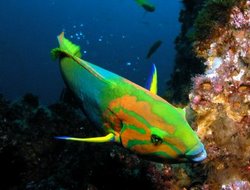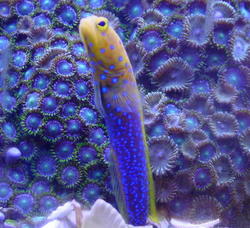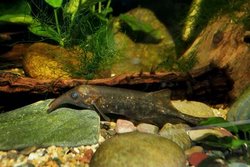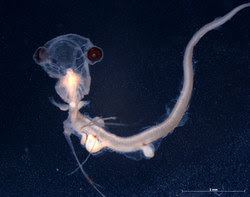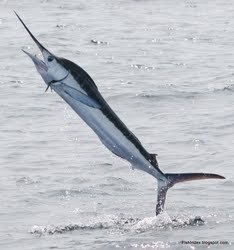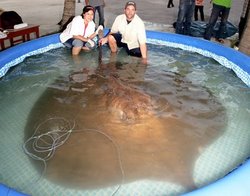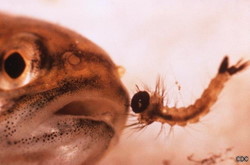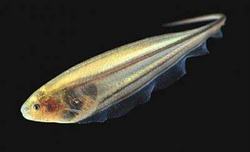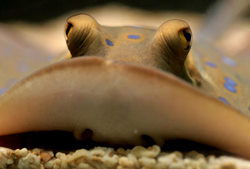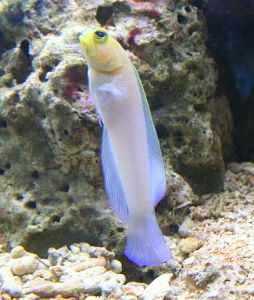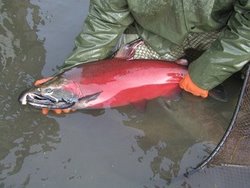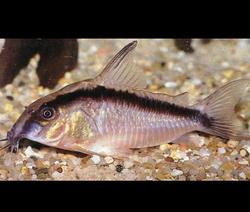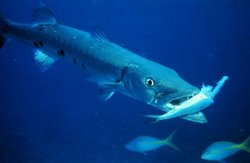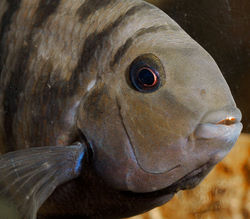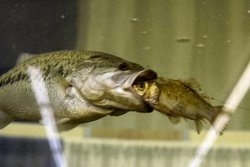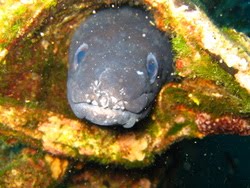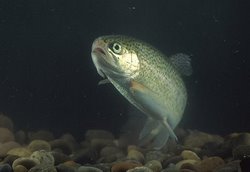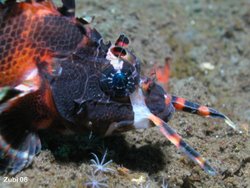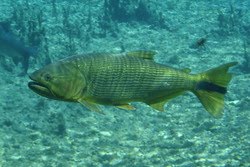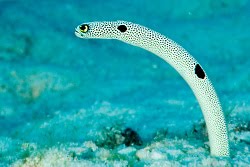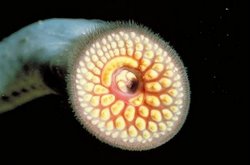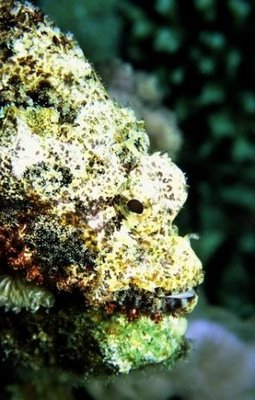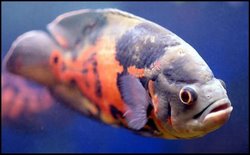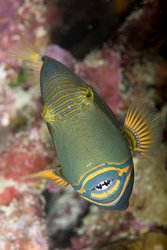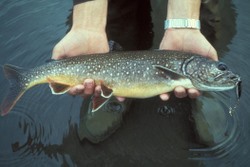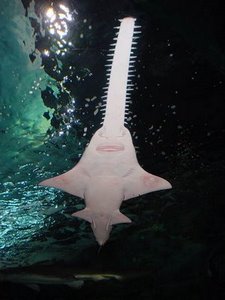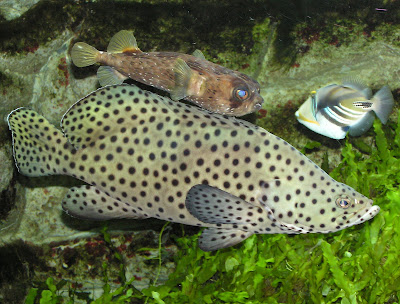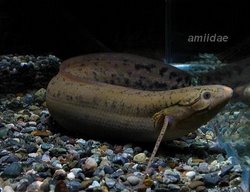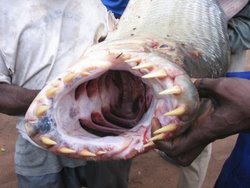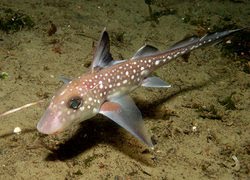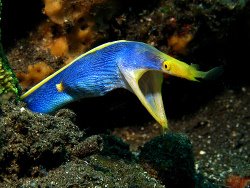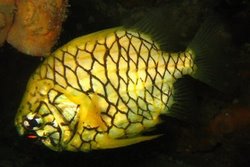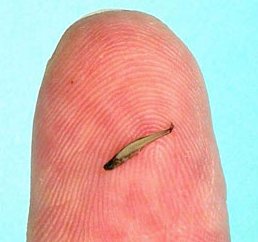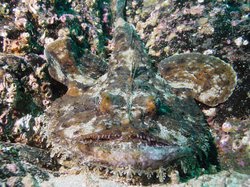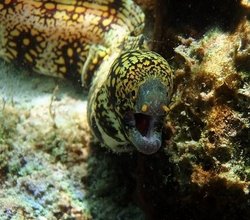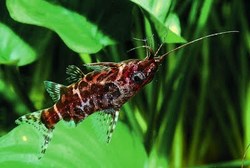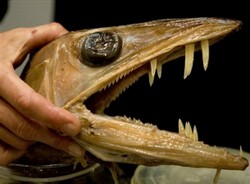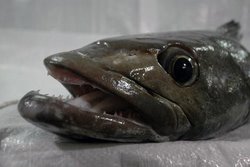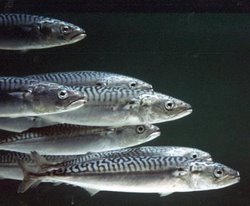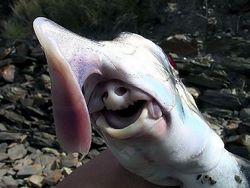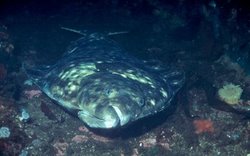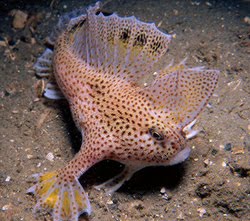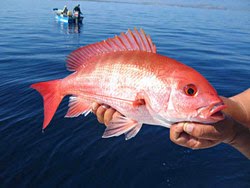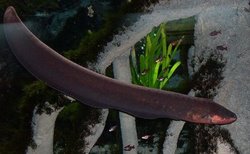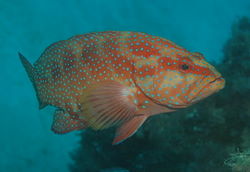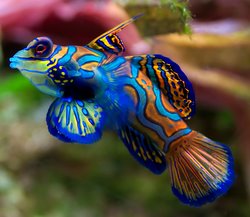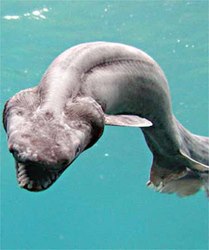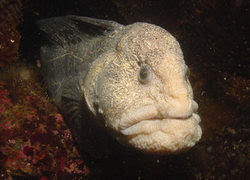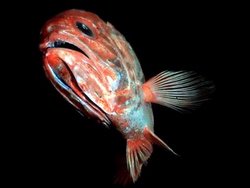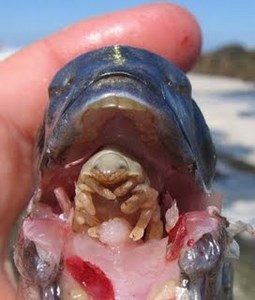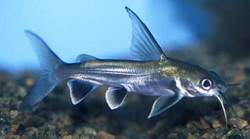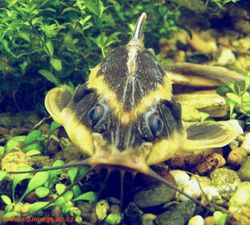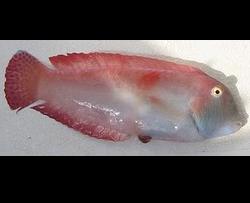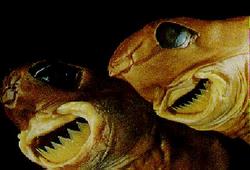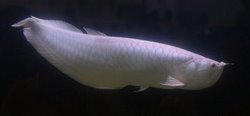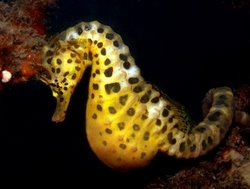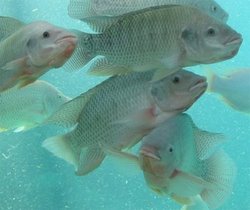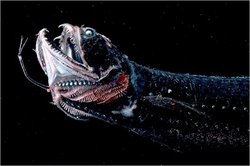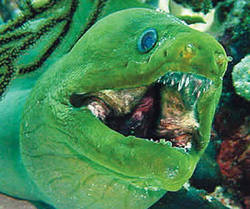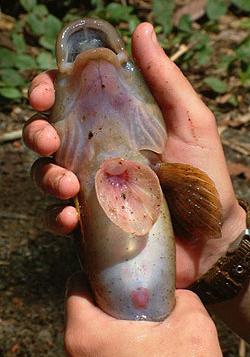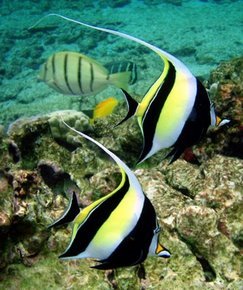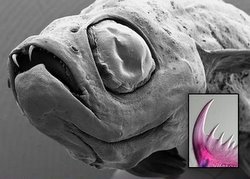 The Basking Shark or Cetorhinus maximus is a massive creature that can grow to 12 meters or 40ft. This is the second largest shark in the ocean only to the Whale Shark, which can grow to almost twice this size! Basking sharks are found in all of the world's oceans and lucky for us and a lot of other fish in the ocean, they are quite harmless. They are filter feeders that simply swim around slowly with their mouths open filtering zooplankton, small fish and invertebrates into meals. To check out this massive shark in action watch the video below...
The Basking Shark or Cetorhinus maximus is a massive creature that can grow to 12 meters or 40ft. This is the second largest shark in the ocean only to the Whale Shark, which can grow to almost twice this size! Basking sharks are found in all of the world's oceans and lucky for us and a lot of other fish in the ocean, they are quite harmless. They are filter feeders that simply swim around slowly with their mouths open filtering zooplankton, small fish and invertebrates into meals. To check out this massive shark in action watch the video below...Often confused with the Great White Shark, the Basking Shark has a much larger jaw that can be a full meter in length when open. Basking Sharks also have smaller teeth and smaller eyes than the Great White. These sharks will often be scarred with the marks of a Cookiecutter Shark which will literally cut out pieces of this massive saltwater shark.
 Also known as the Bone shark or Elephant Shark, they are often seen in schools of 4 or more and are though to move into deeper waters in the winter months. They are not at all scared of humans or boats so this docile nature makes them an easy catch for commercial fisherman who use their large livers for oil and flesh for food.
Also known as the Bone shark or Elephant Shark, they are often seen in schools of 4 or more and are though to move into deeper waters in the winter months. They are not at all scared of humans or boats so this docile nature makes them an easy catch for commercial fisherman who use their large livers for oil and flesh for food.If you have any other information about the Basking Shark that you would like to share please leave it below in the comments...







